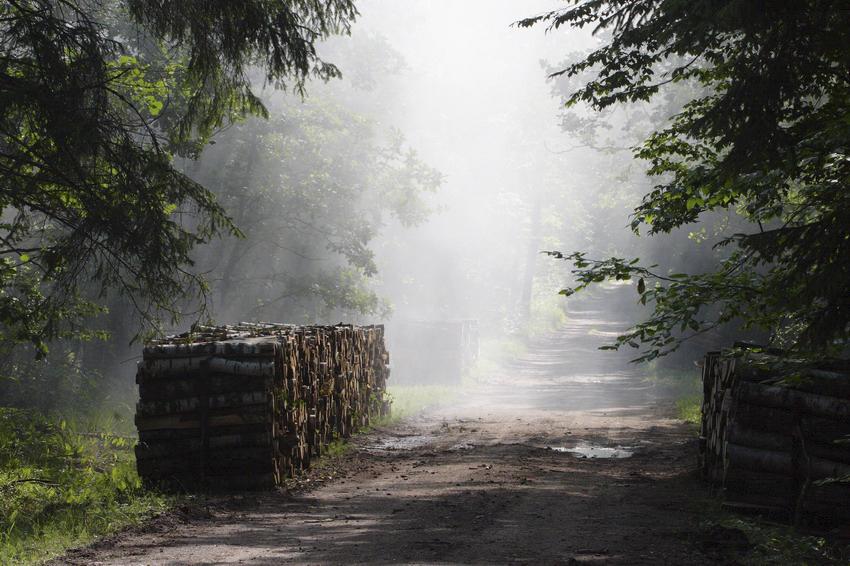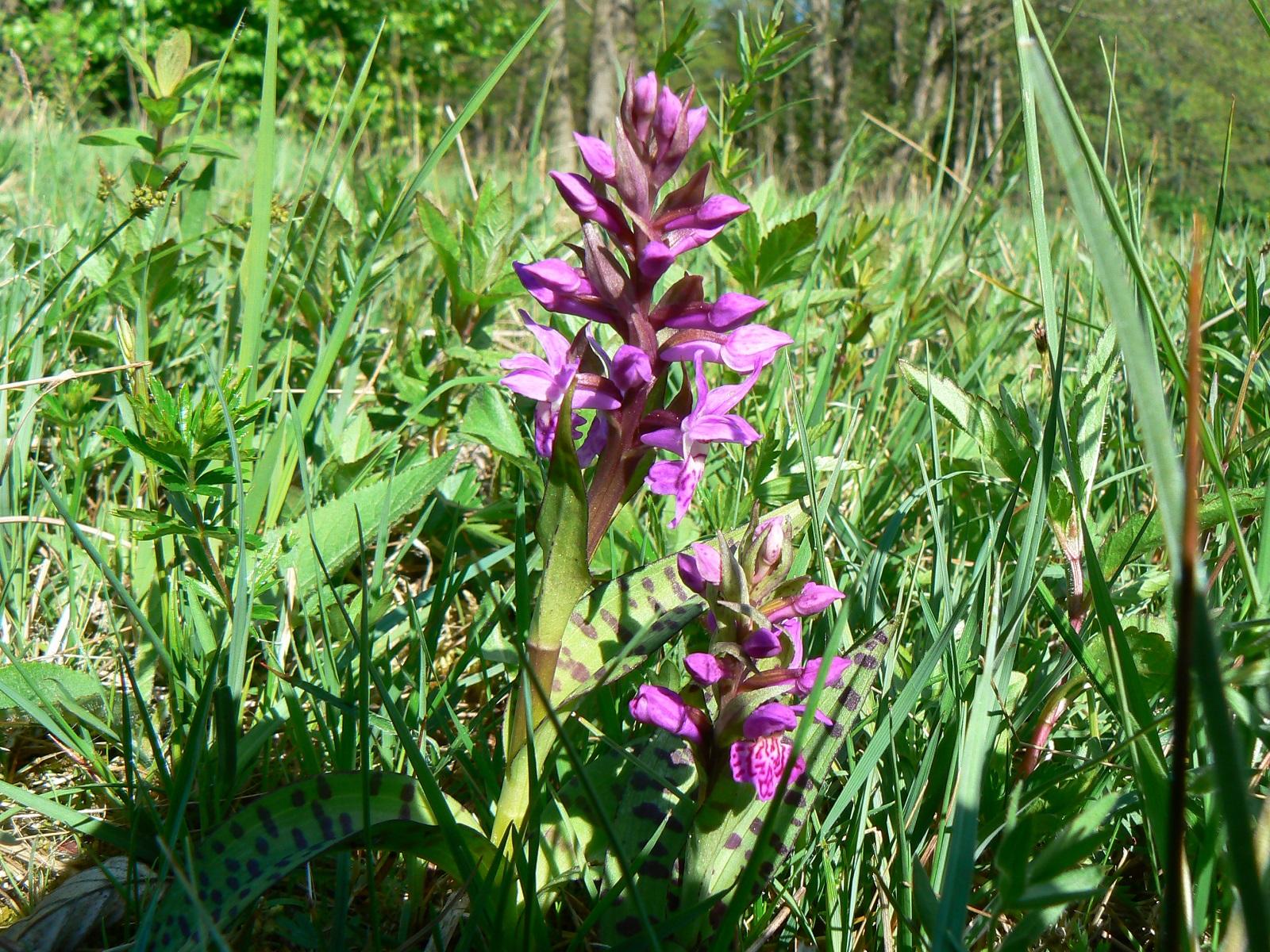 Asset Publisher
Asset Publisher
The State Forests National Forest Holding
The State Forests National Forest Holding is the largest organisation in the European Union managing forests, which belong to the State Treasury and celebrating its 90 anniversary this year.
Presently, we manage the area of one third of Poland's territory. Not long after the end of the Second World War, there was only 21 % of the area. Every year we plant 500 million of new trees, as we want Polish forests grow all the time.
Every year Polish foresters plant 500 million of trees.
85 % of nature reserves in Poland are located within the State Forests. 40 % of the forests managed by General Directorate of the State Forests are protected within the framework of European network Natura 2000. We fight against many threats: natural disasters, plaques of insects, trees' diseases, fires, pollutions, as well as poaching and vandalism.
We take care the forestry supplying the market with timber, as ecological and universal material, to be carried on in accordance with rules of balanced development (photography P.Fabjański).
One of our major tasks is making forests accessible to the society. We invite you to take advantage of these beautifully located within the forest wilderness holiday resorts, forester's lodges or guest rooms. That is for you, we create thousand kilometres of hiking trails, cycling paths or camping sites. All the above mentioned, you can find in service www.czaswlas.pl.
We also take care the forestry supplying the market with timber, as ecological and universal material, to be carried on in accordance with rules of balanced development. We obtain over 30 million of cubic meters of wood annually, twice as much as at the beginning of the nineties of the XX century.
Despite of this, the average of wood abundance per hectare of our forests is one fourth bigger than 20 years ago and 40% bigger than the average of European Union currently amounts.
In Poland in sectors connected with the forestry, there work about 375 thousand of people. It means that each 40 working Pole works in the forest.
In Poland in sectors connected with the forestry, there work about 375 thousand of people. It means that each 40 working Pole works in the forest. The sector of wood processing works out approximately 8 % of our GDP (Gross Domestic Product). Among others, thanks to the timber from the State Forests Poland is the 10 largest producer of furniture in the world, and the 4 largest furniture exporter.
The State Forests employ 25 thousand people. That way we are the 9 biggest employer in Poland. Among the largest companies in our country it takes 22 place in respect of its incomes and 11 place in respect of its profits. The value of assets, we manage, reaches 300 million zl. If we add social values, it will be worth one billion zlotych. We do not use money from the budget, but we earn money on our own to support the business. In spite of the financial crisis, since 2002, we continuously note down profits. Moreover, we pay taxes amounting 1,3 billion zl annually.
87 % of Poles think, the foresters are competent. We willingly share our knowledge of Polish forests, of their history and of nature values with the others. We publish books, periodicals, brochures; we also administer the website www.lasy.gov.pl . For children, the youth and teachers, we prepared internet service "E-lynx' Lynx Forest" (www.erys.pl). Our staff has supported schools in field of nature education for years. We also organise many actions to let people broaden their knowledge about forest, nature and ecology.
 Asset Publisher
Asset Publisher
 Asset Publisher
Asset Publisher
Obiekty edukacyjne
Obiekty edukacyjne
 fot. A. Gurboda
fot. A. Gurboda
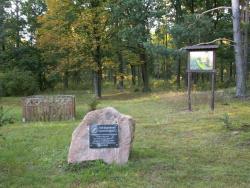 fot. A. Gurboda
fot. A. Gurboda
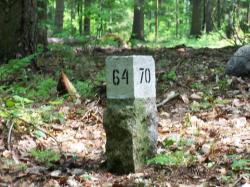 fot. A. Gurboda
fot. A. Gurboda
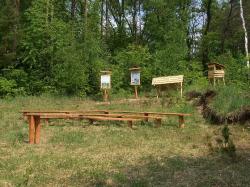 fot. A. Gurboda
fot. A. Gurboda
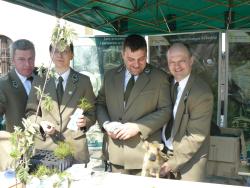 Dni Ziemi Twardogóra 2012 fot. M. Zieliński
Dni Ziemi Twardogóra 2012 fot. M. Zieliński
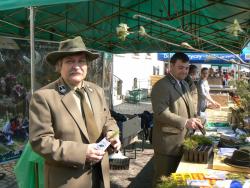 Dni Ziemi Twardogóra 2012 fot. M. Zieliński
Dni Ziemi Twardogóra 2012 fot. M. Zieliński
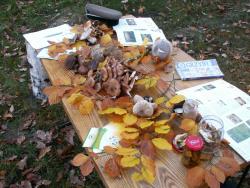 fot. A. Gurboda
fot. A. Gurboda
 fot. A. Gurboda
fot. A. Gurboda
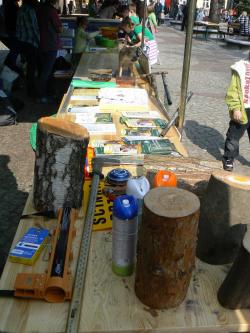 fot. M. Zieliński
fot. M. Zieliński
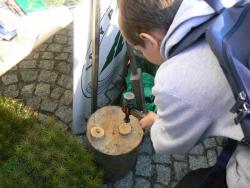 fot. M. Zieliński
fot. M. Zieliński
Na terenie Nadleśnictwa Oleśnica Śląska znajdują się cztery ścieżki przyrodniczo – edukacyjne, utworzone głownie z myślą o przedszkolakach i dzieciach szkół podstawowych i gimnazjum.
Ścieżka przyrodnicza w Borowej
Ścieżka przyrodnicza w Borowej położona jest między stawami i prowadzi starymi groblami i drogami leśnymi obsadzonymi licznymi drzewami o charakterze pomnikowym. Ścieżka została przygotowana przez Polskie Towarzystwo Przyrody „Pro Natura". Podzielona jest na 11 odcinków tematycznych:
- Brzeg lasu
- Las
- Stawy rybne
- Starodrzew liściasty
- Bory
- Potok Topór
- Dąbrowa
- Ols
- Śródleśne polanki
- Punkt widokowy – rzeczka Oleśniczka
- Stara grobla
Ścieżka przyrodnicza w rezerwacie "Torfowisko koło Grabowna"
Ścieżka przyrodnicza w rezerwacie "Torfowisko koło Grabowna". Udostępniona do zwiedzania jest część północna rezerwatu na powierzchni 1,40 ha. Ścieżka prowadzi skrajem rezerwatu, na której znajduje się 6 przystanków opisujących fragmenty rezerwatu:
- Las mieszany. Ekoton, strefy przejściowe.
- Trawy i turzyce.
- Zarośla łozowe.
- Torfowce w brzezince.
- Rośliny wodne.
- Okresowy przepływ wody.
Ścieżka dydaktyczna "Dąbrówka"
Ścieżka dydaktyczna przy Kąciku Edukacyjnym "Dąbrówka"położona jest na Wzgórzach Twardogórskich. Całkowita długość ścieżki wynosi 1,8 km. Częściowo pokrywa się ona z czerwonym szlakiem rowerowym biegnącym z Twardogóra. Ścieżka została zaprojektowana w postaci koła z dojściem do przystanku nr 7, wzdłuż istniejących dróg i ścieżek leśnych.
- Odnowienie naturalne buka.
- Drzewostany nasienne.
- Jak choruje las?
- Budowa pionowa drzewostanu.
- Grób leśnika.
- Wodopój dla zwierzyny leśnej.
- Dokarmianie zwierzyny.
- Młode pokolenie drzew.
- Skąd leśnik wie gdzie jest?
- Sposoby zagospodarowania lasu.
- Martwe drzewo.
Ścieżka edukacyjna "Storczyk"
Ścieżka edukacyjna "Storczyk"położona jest na Wzgórzach Trzebnickich. Długość ścieżki wynosi 5 km. Częściowo przebiega ona przez teren szkółki leśnej. Szczególnie polecaną formą edukacji są wycieczki rowerowe. Czas potrzebny na przejazd trasy wynosi około 1,5 godziny.
-
Leśna ścieżka przyrodniczo-edukacyjna.
- Co to jest przebudowa drzewostanu.
- Budowa warstwowa lasu.
- Użytkowanie lasu.
- Wawrzynek wilczełyko, daglezja zielona.
- Śródleśna łąka.
- Fazy życia lasu.
- Dąb szypułkowy.
- Bagno-teren podmokły.
- Storczyki.
- Od nasionka do drzewa.
- Szkółka leśna.
- Drogi turysto!. Kącik edukacyjny "Storczyk".


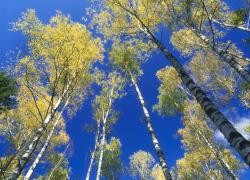 fot. Paweł Fabijański
fot. Paweł Fabijański
 fot. Paweł Fabijański
fot. Paweł Fabijański
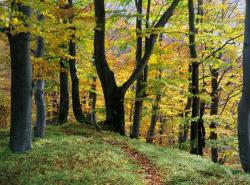 fot. Paweł Fabijański
fot. Paweł Fabijański
